Related Research Articles
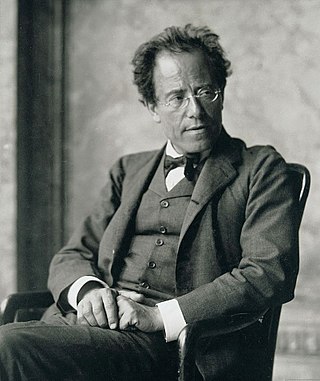
The Symphony No. 6 in A minor by Gustav Mahler is a symphony in four movements, composed in 1903 and 1904, with revisions from 1906. It is sometimes nicknamed the Tragic ("Tragische"), though the origin of the name is unclear.
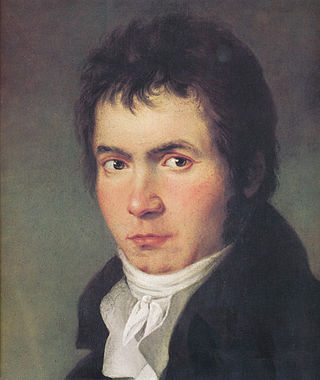
The Violin Concerto in D major, Op. 61, was written by Ludwig van Beethoven in 1806. Its first performance by Franz Clement was unsuccessful and for some decades the work languished in obscurity, until revived in 1844 by the then 12-year-old violinist Joseph Joachim with the orchestra of the London Philharmonic Society conducted by Felix Mendelssohn. Joachim would later claim it to be the "greatest" German violin concerto. Since then it has become one of the best-known and regularly performed violin concertos.

Franz Adolf Berwald was a Swedish Romantic composer and violinist. He made his living as an orthopedist and later as the manager of a saw mill and glass factory, and became more appreciated as a composer after his death than he had been in his lifetime.

Great Mass in C minor, K. 427/417a, is the common name of the musical setting of the mass by Wolfgang Amadeus Mozart, which is considered one of his greatest works. He composed it in Vienna in 1782 and 1783, after his marriage, when he moved to Vienna from Salzburg. The large-scale work, a missa solemnis, is scored for two soprano soloists, a tenor and a bass, double chorus and large orchestra. It remained unfinished, missing large portions of the Credo and the complete Agnus Dei.
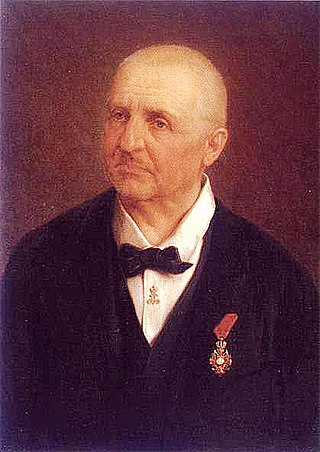
Anton Bruckner's Symphony No. 5 in B-flat major WAB 105, was written in 1875–1876, with minor changes over the next two years. It came at a time of trouble and disillusion for the composer: a lawsuit, from which he was exonerated, and a reduction in salary. Dedicated to Karl von Stremayr, education minister in the Austro-Hungarian Empire, the symphony has at times been nicknamed the "Tragic", the "Church of Faith" or the "Pizzicato"; Bruckner himself referred to it as the "Fantastic" without applying this or any other name formally.
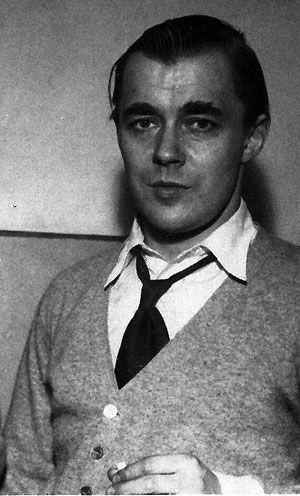
Evert Sixten Ehrling was a Swedish conductor and pianist who, during a long career, served as the music director of the Royal Swedish Opera and the principal conductor of the Detroit Symphony Orchestra, amongst others.

The Symphony No. 2 in E minor, Op. 27, is a four-movement composition for orchestra written from October 1906 to April 1907 by the Russian composer Sergei Rachmaninoff. The premiere was performed at the Mariinsky Theatre in Saint Petersburg on 26 January 1908, with the composer conducting. Its duration is approximately 60 minutes when performed uncut; cut performances can be as short as 35 minutes. The score is dedicated to Sergei Taneyev, a Russian composer, teacher, theorist, author, and pupil of Pyotr Ilyich Tchaikovsky. The piece remains one of the composer's most popular and best known compositions.
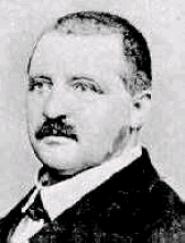
Anton Bruckner's Symphony No. 1 in C minor, WAB 101, was the first symphony the composer thought worthy of performing, and bequeathing to the Austrian National Library. Chronologically it comes after the Study Symphony in F minor and before the "nullified" Symphony in D minor. The composer gave it the nickname Das kecke Beserl, and conducted its 1868 premiere. Much later, after Bruckner was granted an honorary University of Vienna doctorate in 1891, he dedicated the 1890–1891 version of the work to that institution.
Symphony No. 4, Op. 29, FS 76, also known as "The Inextinguishable", was completed by Danish composer Carl Nielsen in 1916. Composed against the backdrop of World War I, this symphony is among the most dramatic that Nielsen wrote, featuring a "battle" between two sets of timpani.
The Piano Concerto No. 2 in G major, Sz. 95, BB 101 of Béla Bartók is a musical composition for piano and orchestra. The work, which was composed between 1930 and 1931, is notorious for being one of the most difficult pieces in the repertoire.
Franz Berwald completed the Symphony No. 2 in D major, "Capricieuse", on June 18, 1842, in Nyköping. The original score has been lost since the 1850s. In 1909, the Franz Berwald Foundation commissioned Ernst Ellberg to reconstruct the score from 4-stave sketches containing indications for orchestration. Ellberg's reconstruction was published in 1913 and first performed on January 9, 1914. Towards the end of the century, Nils Castegren reviewed Ellberg's reconstruction and published an "urtext" for Bärenreiter.
The Symphony No. 5, H. 310, is an orchestral composition by the Czech composer Bohuslav Martinů.
Stele, Op. 33, sometimes also stylised in Greek capitals as ΣΤΉΛΗ, is a composition for orchestra by Hungarian composer György Kurtág. It was completed in 1994.
Symphony No. 1 in G minor, "Sérieuse", is an orchestral work by Swedish composer Franz Berwald. It was premiered on December 2, 1842 in a concert at the Royal Opera, Stockholm given by the Swedish Royal Court Orchestra conducted by the composer's cousin Johan Fredrik Berwald. This first performance was not a success, leading to this symphony being the only one of Berwald's mature symphonies to be performed during his lifetime;.
Symphony No. 4 in E-flat major is an orchestral work by Swedish composer Franz Berwald written in 1845. Berwald considered naming the symphony "Sinfonie naïve" but the autograph score is simply inscribed "No. 4 in E flat". Berwald attempted to interest French composer/conductor Daniel Auber in premiering the symphony but it had to wait until April 9, 1878 when it was finally given a first performance under Berwald champion Ludvig Norman.
Hans Leygraf was a Swedish pianist, music educator, conductor and composer.

The Finnish composer Jean Sibelius (1865–1957) was one of the most important symphonists of the early twentieth century: his seven symphonies, written between 1899 and 1924, are the core of his oeuvre and stalwarts of the standard concert repertoire. Many of classical music's conductor–orchestra partnerships have recorded the complete set, colloquially known as the "Sibelius cycle". Specifically, the standard cycle includes:
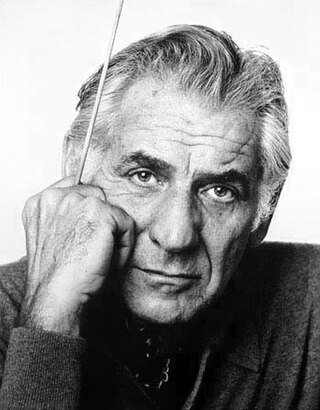
Divertimento, or Divertimento for Orchestra, is a suite of eight orchestral bagatelles by American composer Leonard Bernstein. Completed in 1980 and written to celebrate the centenary of the Boston Symphony Orchestra, it is well-known for featuring the notes B and C in most of its melodic material.
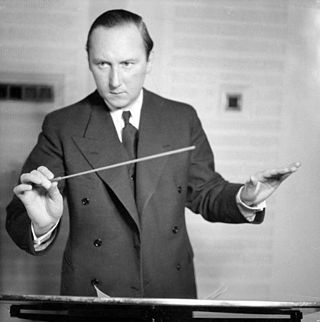
The Symphony No. 3 in C minor, Op. 34, is a four-movement orchestral composition written from 1944 to 1945 by the Swedish composer Lars-Erik Larsson. The piece premiered in Stockholm on 10 February 1946 with Tor Mann conducting the Concert Society Orchestra. In response to unfavorable critical reviews, Larsson immediately withdrew the symphony after its premiere—a fate that, too, had earlier befallen his First and Second symphonies.
Austro-Hungarian cellist and composer Franz Schmidt's Symphony No. 4 was completed in 1933, and received its premiere in 1934 under the direction of Oswald Kabasta at the Wiener Musikverein concert hall in Vienna. The work was composed following the unexpected death in childbirth of Schmidt's daughter, Emma, and conceptualized by the composer as a requiem in her honor. Symphony No. 4 is often considered the finest work in Schmidt's oeuvre.
References
- ↑ Buschkötter, Wilhelm (1975). Handbuch der internationalen Konzertliteratur. Berlin: Walter de Gruyter. p. 128. ISBN 3-11-002043-2.
- ↑ Layton, Robert (Aug 1968). "Complete Berwald. Complete Works. Vol III: Sinfonie Singulière". The Musical Times. 109 (1506): 754. doi:10.2307/951317. ISSN 0027-4666. JSTOR 951317.